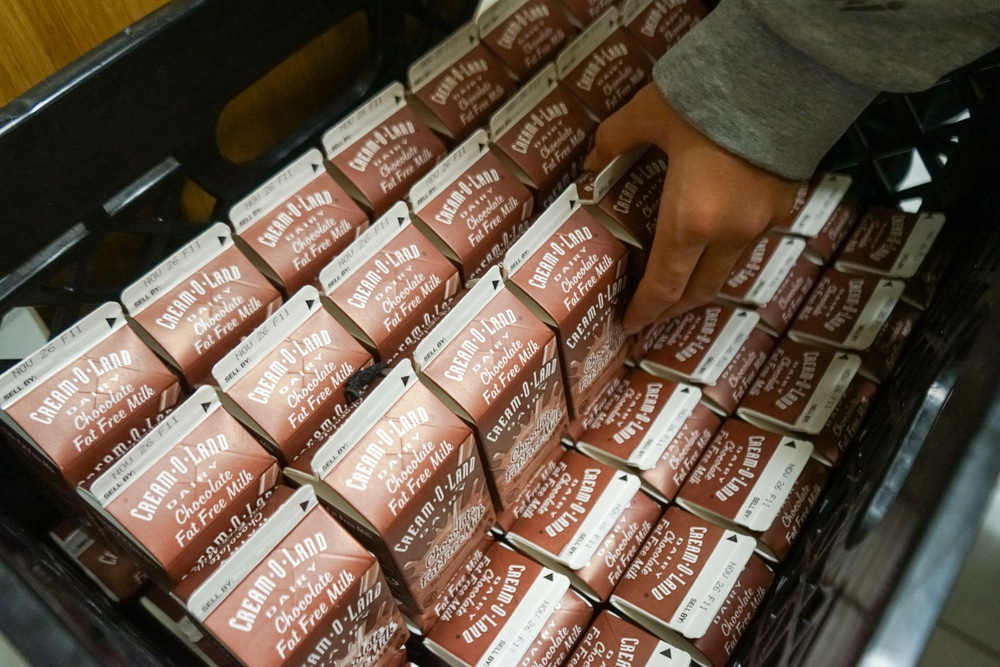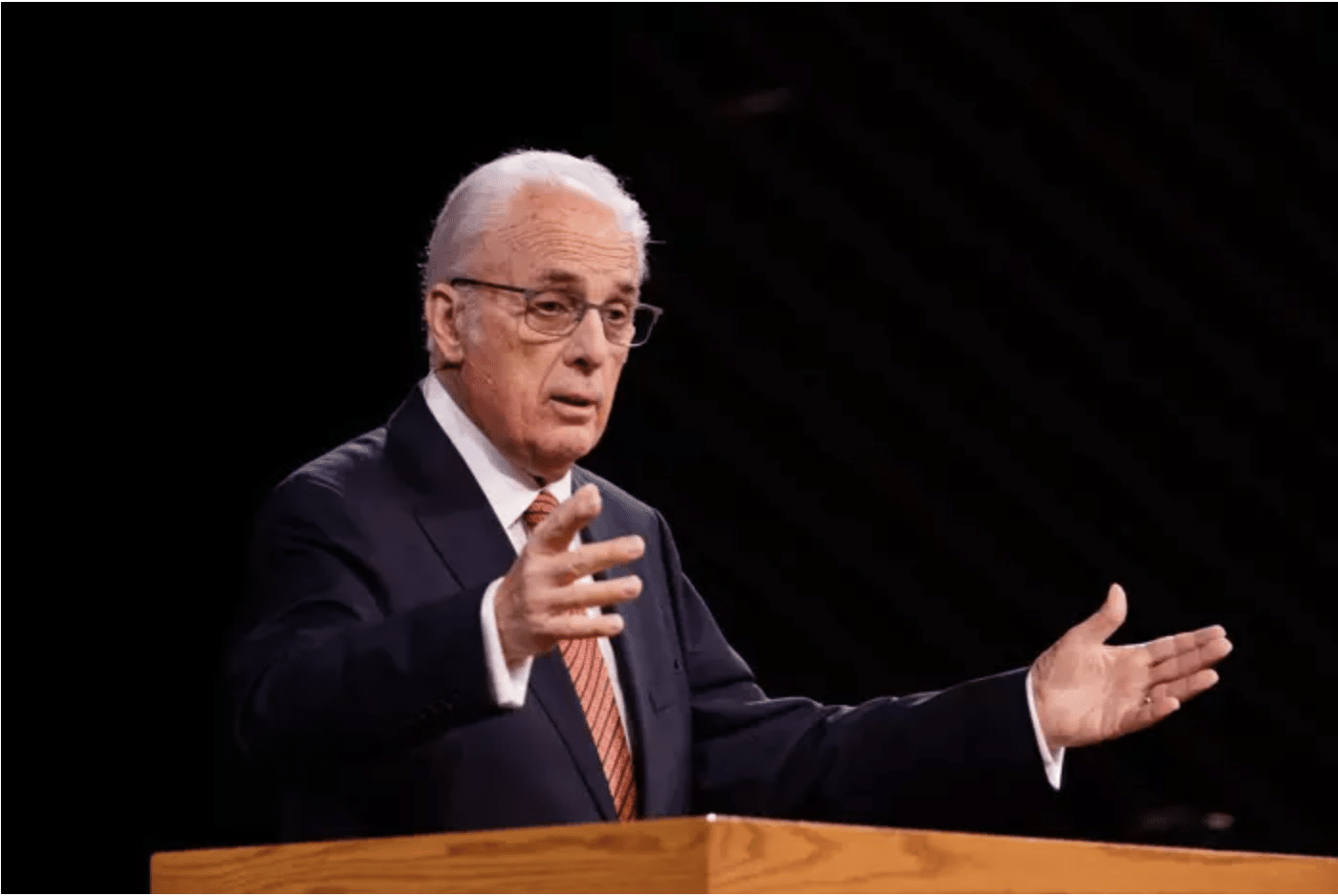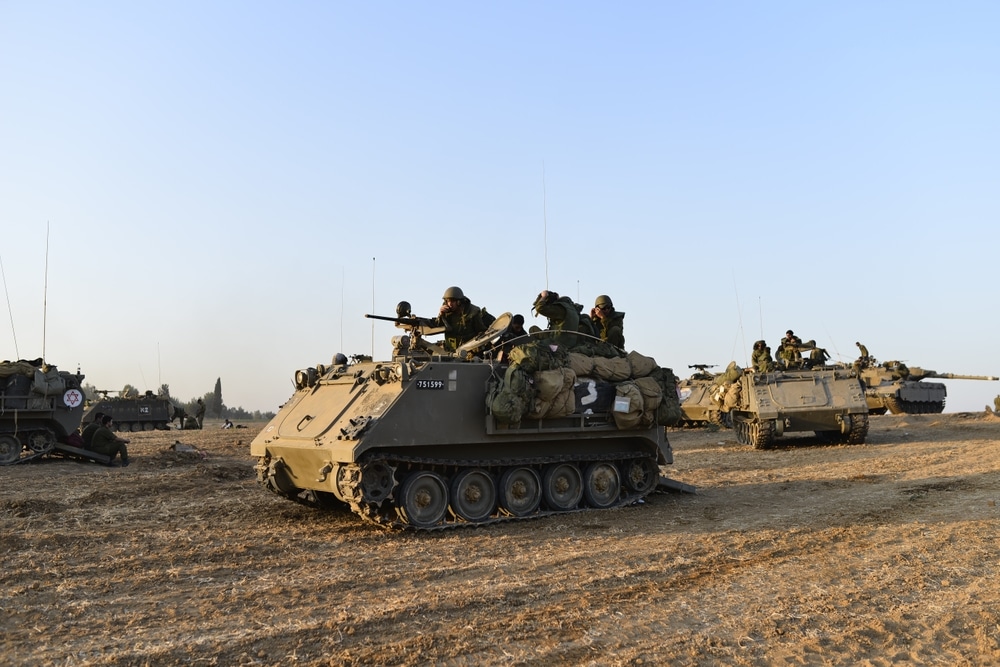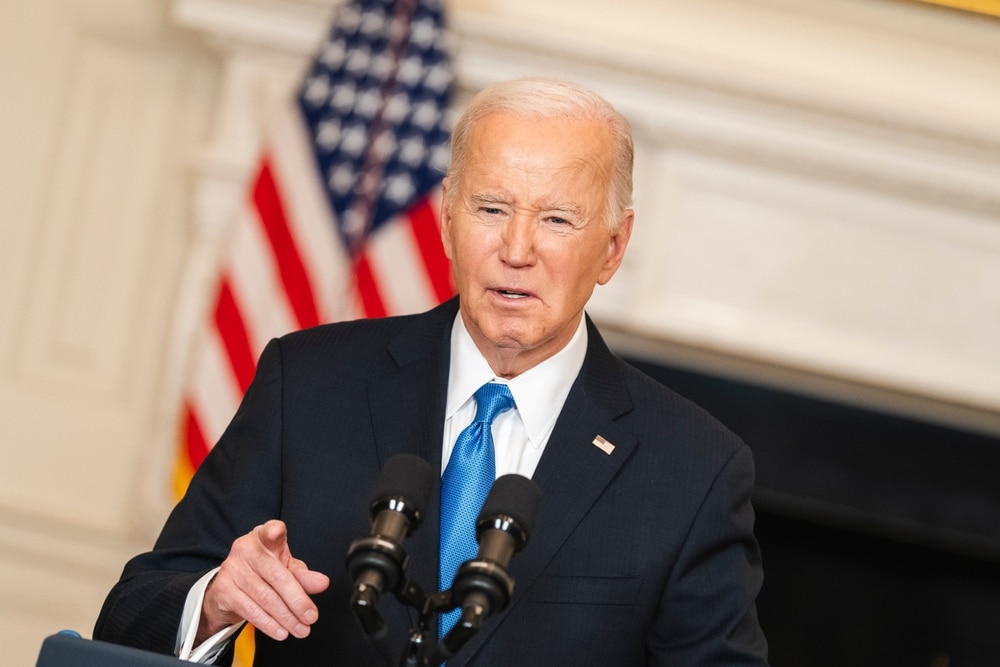The typical school lunch for many young students in the United States often includes a ubiquitous carton of milk. But some school cafeterias may soon run out the half-pint cartons of milk they usually serve, with several districts across the U.S. already trying to find alternatives.
Strangely enough, the problem is not a shortage of milk but of the cardboard cartons used to package and serve it, reported dairy industry suppliers and state officials.
According to a statement from Pactiv Evergreen of Lake Forest, Illinois, which calls itself “the leading manufacturer of fresh food and beverage packaging in North America,” the company is still dealing with “significantly higher than projected demand” for its milk cartons.
Matt Herrick, spokesperson for the International Dairy Foods Association, explained that the shortage is affecting the company’s ability to fully supply some school milk orders.
The U.S. Department of Agriculture (USDA) has acknowledged that the supply chain problem now affects several states. School officials in California, New York, Pennsylvania and Washington state said they are preparing for the shortage.
The USDA’s Food and Nutrition Service previously required milk to be served with school meals. But in a memo issued in late October, districts were given leeway to serve different types or sizes of milk during the supply shortage. As a last resort, districts could even skip offering milk.
It remains to be seen how long the carton shortage could last. In Everett, Washington, school officials told parents to expect a disruption in cafeteria milk supply that could last for several months. (Related: Shortage of feedstock caused by severe drought leading to MILK shortage in France.)
Herrick said U.S. milk processors are cooperating with other package suppliers to address the carton shortage. He said that he expected the problem to improve within weeks and to be resolved by early next year.
As the shortage continues, school districts are now sending messages to their families and communities about how they are either currently managing or preparing to navigate serving milk without the half-pint cartons. According to several districts, they expect the milk carton shortage to last until January 2024.
In West Virginia’s Preston County Schools, school nutrition officials are considering options aside from their usual milk supplier. Beth Doerr, the district’s child nutrition director, released a statement to advise the public that in some cases, “juice and water will need to be substituted.”
For Walla Walla Public Schools in Washington, Pamela Milleson, the district’s nutrition services director, has prepared a multi-tiered contingency plan with other district departments in case the milk carton shortage reaches the district.
The 5,600-student district also released an FAQ page on its website and plans to inform parents should the shortage impact local school milk offerings. Milleson said Walla Walla schools usually serve 22,000 cartons of milk per week.


















